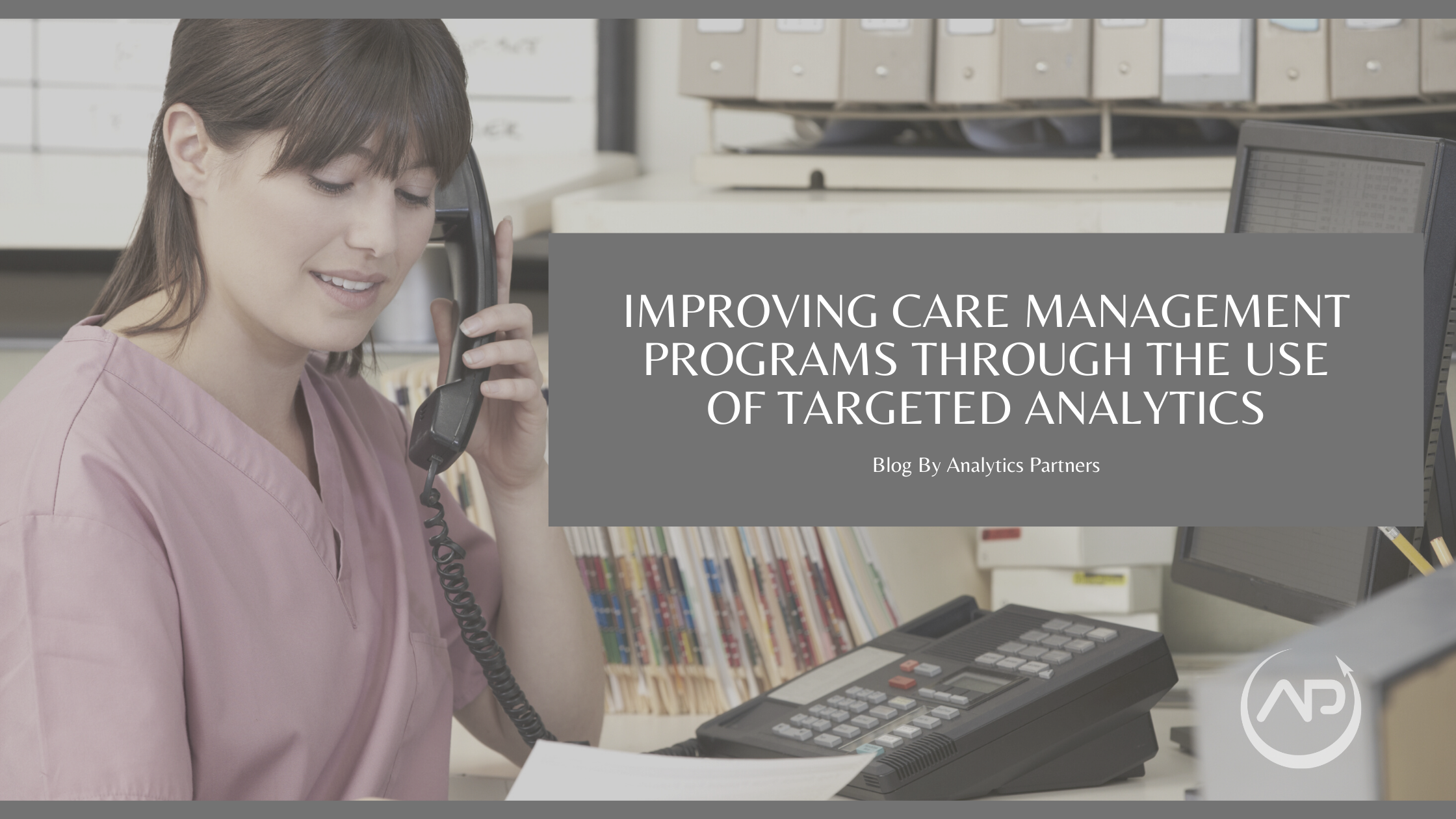
Data Quality; The 3 Keys To Developing A Strategy You Can Really Trust
 What good is collecting endless buckets of data if you can’t trust it? Many organizations are finding themselves in that exact situation. Overcome the skepticism and distrust by developing a robust data quality process. Data quality must be at the forefront of any data warehouse and analytics project to guarantee validity and value within the information you receive.
What good is collecting endless buckets of data if you can’t trust it? Many organizations are finding themselves in that exact situation. Overcome the skepticism and distrust by developing a robust data quality process. Data quality must be at the forefront of any data warehouse and analytics project to guarantee validity and value within the information you receive.
The key is to focus on 3 main areas of the data quality process to build a solid data quality best practice standard.
The 3 main areas of a successful data quality strategy include:
- Data Terminology
- Data Profiling
- Data Governance
In this blog, we will reveal how to build a sound data governance foundation.
The Building Blocks Of Data Governance
At a minimum, Data Governance involves: Data Stakeholders, Data Stewards and a Data Governance Office (or its equivalent).
Data Stakeholders are cross-organizational individuals who create data, use data, and those who set rules and requirements for data. These individuals represent key business subject areas. The data stakeholders should be the functional drivers of your data governance plan. They are the individuals in the trenches using the data on a daily basis and are intimately familiar with issues, concerns and needs.
The next building block in the data governance plan are the data stewards. Data Stewardship is the set of activities that ensure data-related work is performed according to policies and practices as established by governance. Stewards may set policy and specify standards and provide recommendations that are acted upon by higher-level governance boards. Especially for large organizations, a single level of stewards is inadequate. A hierarchy of stewards may be necessary.
These roles typically report to a business function or Data Quality team, with dotted-line accountabilities to Data Governance. These stewards examine sets of data against criteria for completeness, and may have other, specific data-related responsibilities.
Establishing the Data Governance Office (DGO) is the third step in the plan. It collects metrics and success measures and reports on them to data stakeholders. It also provides ongoing communication access to information, record-keeping and education and support to key stakeholders.
Finally, consider implementing a Data Governance Board made up of executive-level stakeholders. Executive business stakeholders are key, influential application and/or business process owners.
With these key roles involved, accurate and feasible data governance guidelines can be created and even more importantly followed.
Industry Application: Data Governance and HIPAA
Data Governance can be seen in action and is especially important within in the healthcare industry. With local, state and federal laws establishing penalties and fines for breaches in personal health information (PHI), data governance serves to clearly define what is PHI and sets policies that safeguard health data and protect against unauthorized access to patients’ private health information.
In our next blog, we will dive into best practice standards for data terminology and how the correct plan will strengthen your data quality strategy.



